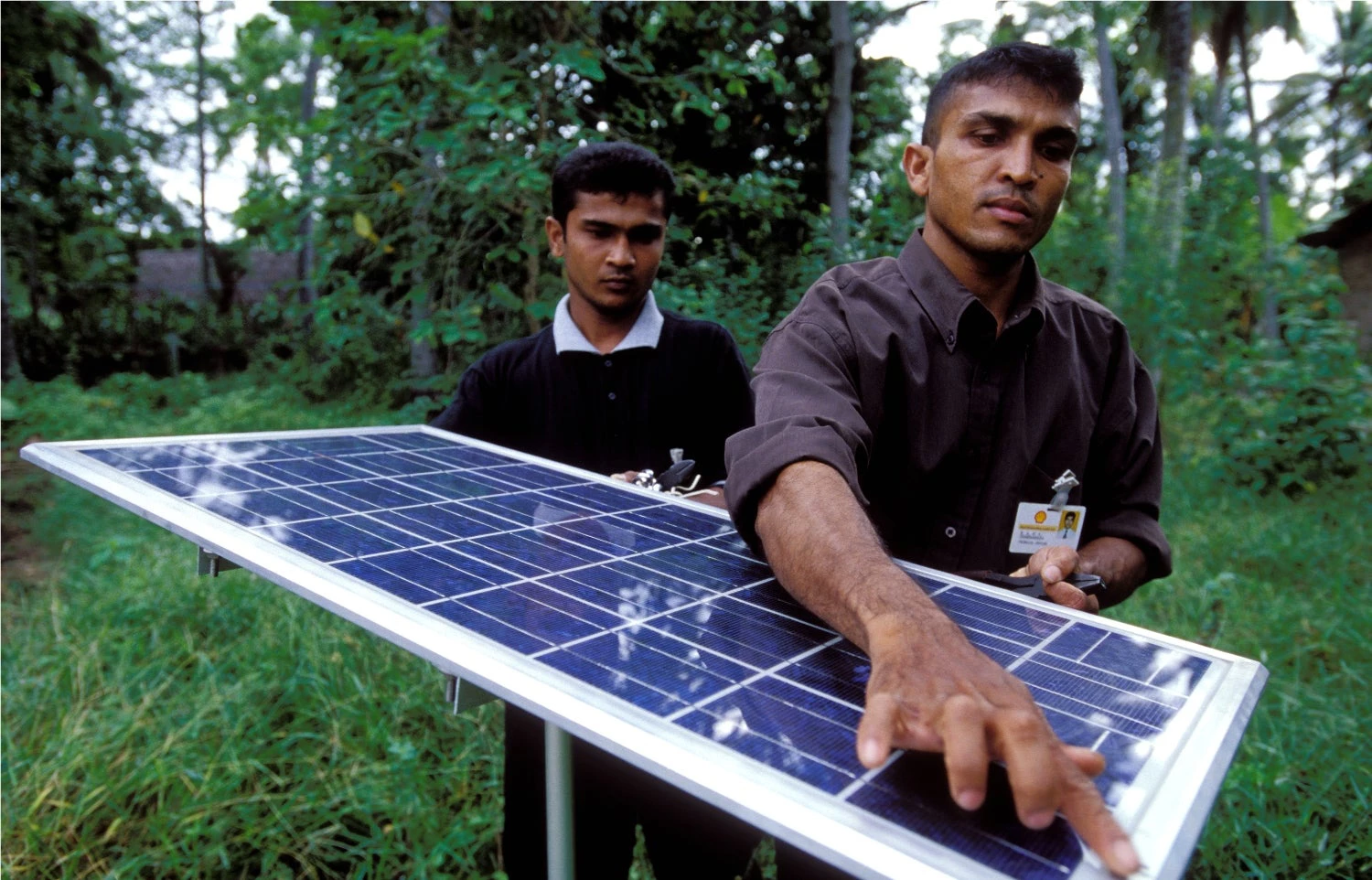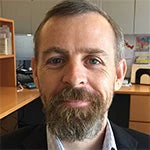 The cost of solar technology has come down, way down, making it is a viable way to expand access to energy for hundreds of millions of people living in energy poverty. For farmers in developing countries, the growing availability of solar water pumps offers a viable alternative to system dependent on fossil fuel or grid electricity. While relatively limited, experience in several countries shows how solar irrigation pumps can make farmers more resilient against the erratic shifts in rainfall patterns caused by climate change or the unreliable supply and high costs of fossil fuels needed to operate water pumps. Experience also suggests a number of creative ways that potential water resource trade-offs can be addressed.
The cost of solar technology has come down, way down, making it is a viable way to expand access to energy for hundreds of millions of people living in energy poverty. For farmers in developing countries, the growing availability of solar water pumps offers a viable alternative to system dependent on fossil fuel or grid electricity. While relatively limited, experience in several countries shows how solar irrigation pumps can make farmers more resilient against the erratic shifts in rainfall patterns caused by climate change or the unreliable supply and high costs of fossil fuels needed to operate water pumps. Experience also suggests a number of creative ways that potential water resource trade-offs can be addressed.

Photo credit: Dominic Sansoni/World Bank Group
Water over-use is also a concern for Morocco, where farmers have increasingly shifted from diesel pumps to liquefied gas subsidized by the government. Solar pumps could reduce costs for farmers by as much as two-thirds, depending on the regional cost of fuel. The government has developed–but not yet implemented - a subsidy program to assist farmers fund the initial capital cost, and plans to pay this new subsidy with savings from the lower subsidy bill for liquefied gas, a type of “Subsidy Substitution”. However, under an integrated approach to subsidies designed to make them smarter, farmers will not be able to acquire the subsidized solar equipment until they purchase micro irrigation systems. This way, the government ensures the efficient use of depleting water resources.
These “Smart” and “integrated” subsidy policies can be used to address or reduce indirect risks, such as over extraction of groundwater, while still allowing farmers and governments to reap the benefits of solar irrigation technology. In India, the government could more aggressively subsidize solar pumps with higher capital cost coverage in the regions where water is plentiful. In areas where water is scarce, the government could reduce equipment subsidies and encourage farmers to generate solar power for sale to the grid, like a cash crop in order to repay their portion of the loan.
In other countries where water is scarce, water resource management plans including prepayment, cellular phone metering and appropriate water pricing is necessary to ensure it is used as efficiently as possible. Sensible water pricing would encourage farmers to invest in more efficient methods of irrigation. Indeed, governments might also tie solar subsidies to investments in micro-irrigation in the same way the government of Morocco is trying to do.
The reduction in the cost of solar is startling when one considers the evolution over the longer term. This cost advantage, coupled with growing thirst for renewable energy in developing countries will certainly increase the uptake of solar technology. Today, policymakers have a chance to shape how solar irrigation technology evolves and introduce incentives to protect groundwater supplies.
Feed-in pricing and the development of “smart” subsidies are a few of the solutions to mitigate water over-use while encourage the uptake of a cleaner and more reliable water technology. Governments, NGOs and the private sector need to act urgently to mitigate a future of water scarcity while ensuring a consistent source of income for the majority agrarian population in developing countries.
If you are interested in learning more, join the session in Stockholm or follow along online.
Event: Impact of subsidies on efficient water technology uptake within agriculture
Sunday 16:00-17:30
FH Little Theatre
Livestream available
Follow us online: www.worldbank.org/worldwaterweek
On twitter via @WorldBankWater and #wwweek


Join the Conversation